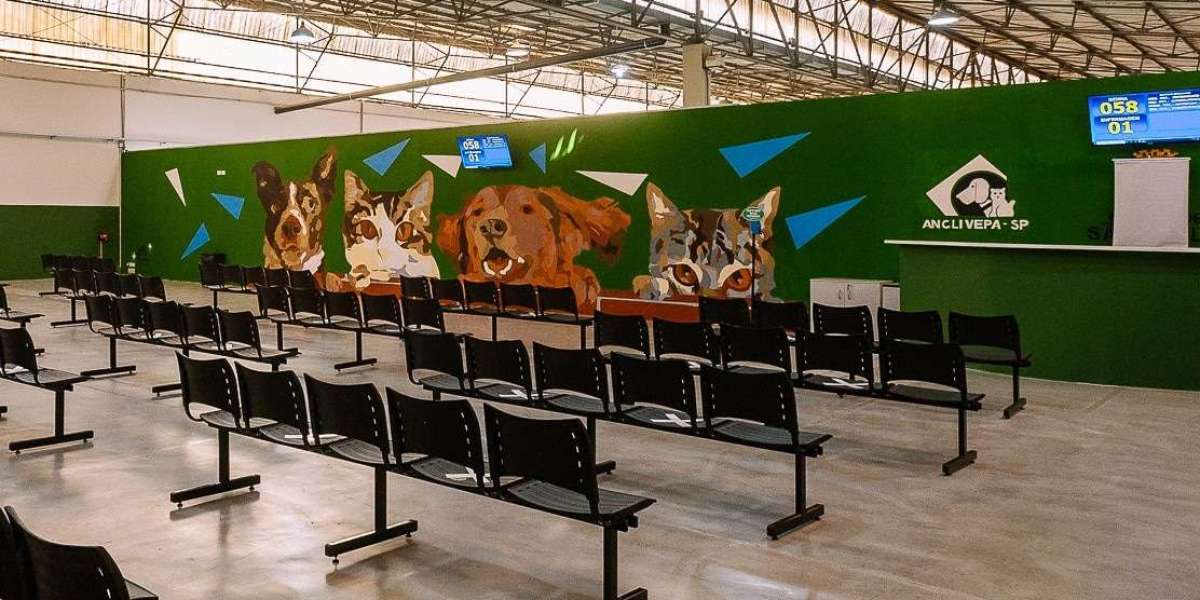3D printing, also known as additive manufacturing, has revolutionized various industries by enabling rapid prototyping and production. However, the environmental impact of 3D printing waste disposal is a growing concern. This article delves into the complexities of managing 3D printing waste and explores sustainable solutions.
Understanding 3D Printing Waste
3D printing generates waste in several forms, including failed prints, support structures, and excess materials. These wastes can be composed of various materials such as plastics, metals, and resins. The disposal of these materials poses significant environmental challenges.
Types of 3D Printing Waste
- Failed Prints: Often due to errors in the printing process.
- Support Structures: Necessary for complex designs but often discarded after use.
- Excess Materials: Unused portions of raw materials.
Environmental Impact of 3D Printing Waste Disposal
The improper disposal of 3D printing waste can lead to environmental degradation. Plastics, for instance, can take hundreds of years to decompose, contributing to landfill overflow and ocean pollution. Metals and resins, if not disposed of correctly, can leach harmful chemicals into the soil and water.
“The environmental impact of 3D printing waste is a pressing issue that requires immediate attention and innovative solutions.”
Sustainable Solutions for 3D Printing Waste Disposal
To mitigate the environmental impact, industries are exploring various sustainable solutions:
- Recycling: Many companies are developing methods to recycle 3D printing waste into new materials. For example, Filament Recycler converts plastic waste into reusable filament.
- Biodegradable Materials: The use of biodegradable materials such as PLA (Polylactic Acid) can significantly reduce the environmental footprint.
- Waste Reduction Techniques: Optimizing print designs to minimize support structures and failed prints can reduce waste generation.
Industry-Specific Challenges and Solutions
Different industries face unique challenges when it comes to 3D printing waste disposal:
Healthcare Industry
The healthcare industry uses 3D printing for custom prosthetics and implants. The waste generated includes biocompatible materials that require specialized disposal methods. Implementing recycling programs and using biodegradable materials can help address these challenges.
Automotive Industry
The automotive industry utilizes 3D printing for prototyping and manufacturing parts. Metal waste is a significant concern. Companies are investing in metal recycling technologies to reduce the environmental impact.
Consumer Goods Industry
In the consumer goods industry, 3D printing is used for creating customized products. The waste generated is primarily plastic, which can be recycled using advanced recycling systems.
Conclusion
The environmental impact of 3D printing waste disposal is a multifaceted issue that requires a comprehensive approach. By adopting sustainable practices such as recycling, using biodegradable materials, and optimizing designs, industries can significantly reduce their environmental footprint. As technology advances, it is crucial to continue exploring innovative solutions to manage 3D printing waste effectively.
References








